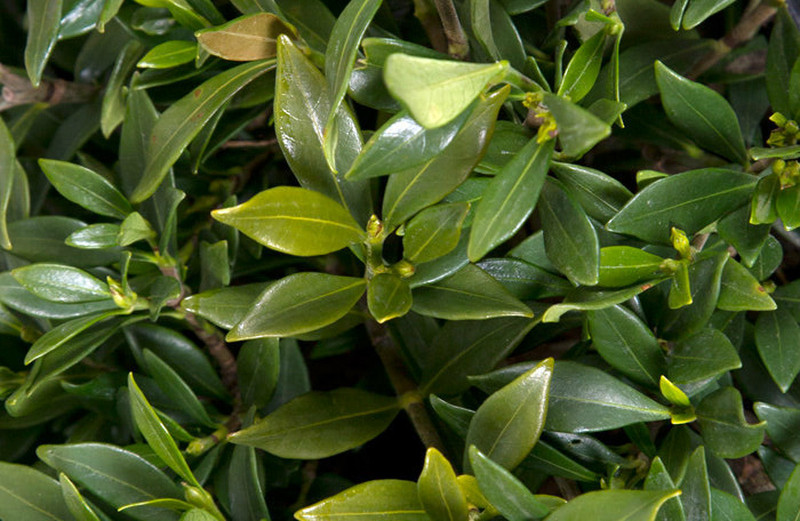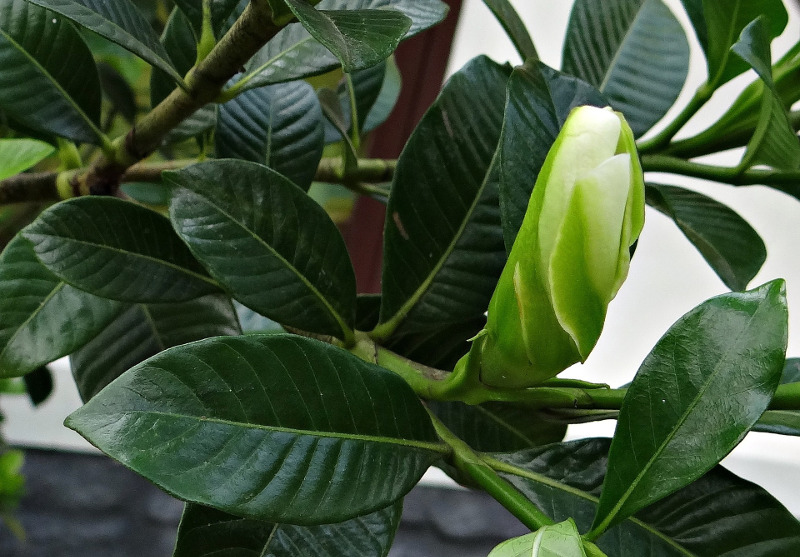Gardenias are a beautiful flowering shrub. They produce creamy white flowers with an intoxicating classic scent that perfume the air around where they are planted. These evergreen shrubs work well when planted in your yard given the right growing conditions. This includes plenty of sunshine, acidic rich soil, and good drainage. They also make attractive container plants.

The reason that people love Gardenias is for their flowers and if you have a shrub that does not bloom that can be very disappointing. The cause of a gardenia that does not produce blooms during the spring and summer months can be caused by a variety of reasons. A close inspection of your shrub and where it is planted is necessary to determine why your plant is not flowering. You may also want to read up on proper care for your specific plant.
Common Reasons Why Gardenias Aren’t Blooming
Improper pruning is one of the main reasons a gardenia shrub does not bloom. Gardenias do not require regular pruning and they should not be pruned back when the plant is in the process of creating new buds. The best time to prune your Gardenia is right after it is done flowering in the late summer. If you wait too long into the fall or even winter you may end up removing buds that are in the process of developing.
Also some Gardenia varieties bloom twice so make sure you know what variety you have and it’s blooming schedule so that if you do want to prune your plant you do so at the right time.
Gardenias need lots of fertilizer, especially during its blooming season. Feeding your plants every two to four weeks during this time will help increase the amount of buds and blooms. Gardenias are most active, producing flowers and new growth in the spring and summer, March to October. You also should not fertilize your plant during the winter dormant period.
Freezing temperatures can also cause buds to drop from your plant. Gardenias are a tropical plant so they like hot, dry weather. They can tolerate cooler temps in the evening but unusually cold weather or freezing temps will affect the development of flower buds.
Pests are another reason you may not have any flowers or buds. Aphids, scales, and spider mites all love to attack gardenia shrubs. Check your plants for pests. Look under leaves and on the stems. Spraying your gardenia with a good antifungal product or insecticidal soap will help.
Does Pruning Gardenias Help Them Bloom
Gardenias really do not require pruning. It is important if you do want to shape or prune back your shrub to keep its size compact you need to do so right after it finishes flowering and before it sets new buds. Most gardenias bloom in the spring and summer so pruning them in the late summer months is best. Pruning new or old wood really does not matter as the plant will set new flower buds on both.
Does Fertilizing Gardenias Help Them Bloom
Gardenias are heavy feeders and giving them a plant food or fertilizer that is meant for acid loving plants during the spring and summer months will keep your plant healthy. There is no need to feed your gardenia during the winter months or dormant season. You can also apply a layer of compost around the root zone of your plant as this will help keep the soil on the acidic side which is what they prefer.

How Do I Get Gardenias To Produce More Blooms
The best way to get more blooms or flowers on your plant is with proper care. Use a plant food or fertilizer designed for acid loving plants and feed your gardenia every two to four weeks. Be careful not to prune your shrub too late in the year. Make sure where it is planted has good drainage to help produce a healthy root system. Gardenias do not like to have their roots wet. They prefer moist soil. They also love plenty of sunshine and a bit of humidity. Think tropical conditions; this is where they thrive.
Why Isn’t My Gardenia Blooming
- Improper Pruning too late in the year.
- Too much or not enough water
- Pests infestation
- Not enough nutrients in the soil or lack of plant food
- Freezing temperatures or fluctuating temperatures
- Not enough sunshine
 |
Author Janice Cox - Published 11-09-2021 |
